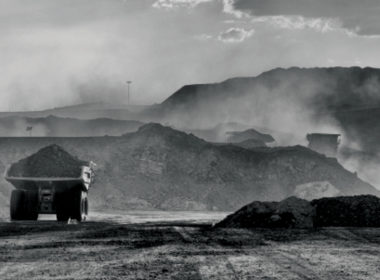Snapshot
- The recent judgment of Preston CJ in Gloucester Resources Limited v Minister for Planning [2019] NSWLEC 7 has attracted attention around the world.
- It marks the first time an Australian court has refused a coal mine (or any development) on the basis of its climate change impacts and the urgent need for Australia to meet its obligations under The Paris Agreement.
- While the judgment is significant it is not necessarily radical, being firmly grounded in established principles of planning and environmental law, with climate change considerations forming part of the broader environmental impacts which the Court was bound to consider.
When the Chief Judge of the New South Wales Land and Environment Court delivered judgment in Gloucester Resources Limited v Minister for Planning [2019] NSWLEC 7 on 8 February, it drew attention around the world. Why? Because it was the first time an Australian court had refused a coal mine (or any development) on the basis of its climate change impacts.
The Court concluded that the mine would be ‘in the wrong place at the wrong time’ (at [699]). The wrong place because of its incompatibility with residential amenity and other land uses, its visual impacts, and its social impacts (including those caused by noise, dust and visual impacts). The wrong time because ‘the greenhouse gas emissions of the coal mine and its coal product will increase global total concentrations of greenhouse gases at a time when what is now urgently needed, in order to meet generally agreed climate targets, is a rapid and deep decrease in greenhouse gas emissions’ (at [699]).
The refusal of such a project because of climate change is highly significant, but at the same time the judgment is not radical, being firmly grounded in established principles of planning and environmental law. Preston CJ’s finding that the climate change impacts justified the refusal of the proposed mine was part of a broader consideration of the environmental impacts of the mine, a factor his Honour was legally bound to consider (Environmental Planning and Assessment Act 1979 (NSW), s 4.15 (1)(b)).
In reaching his judgment, his Honour noted: ‘the global problem of climate change needs to be addressed by multiple local actions to mitigate emissions by sources and remove greenhouse gases by sinks’ (at [515]).




